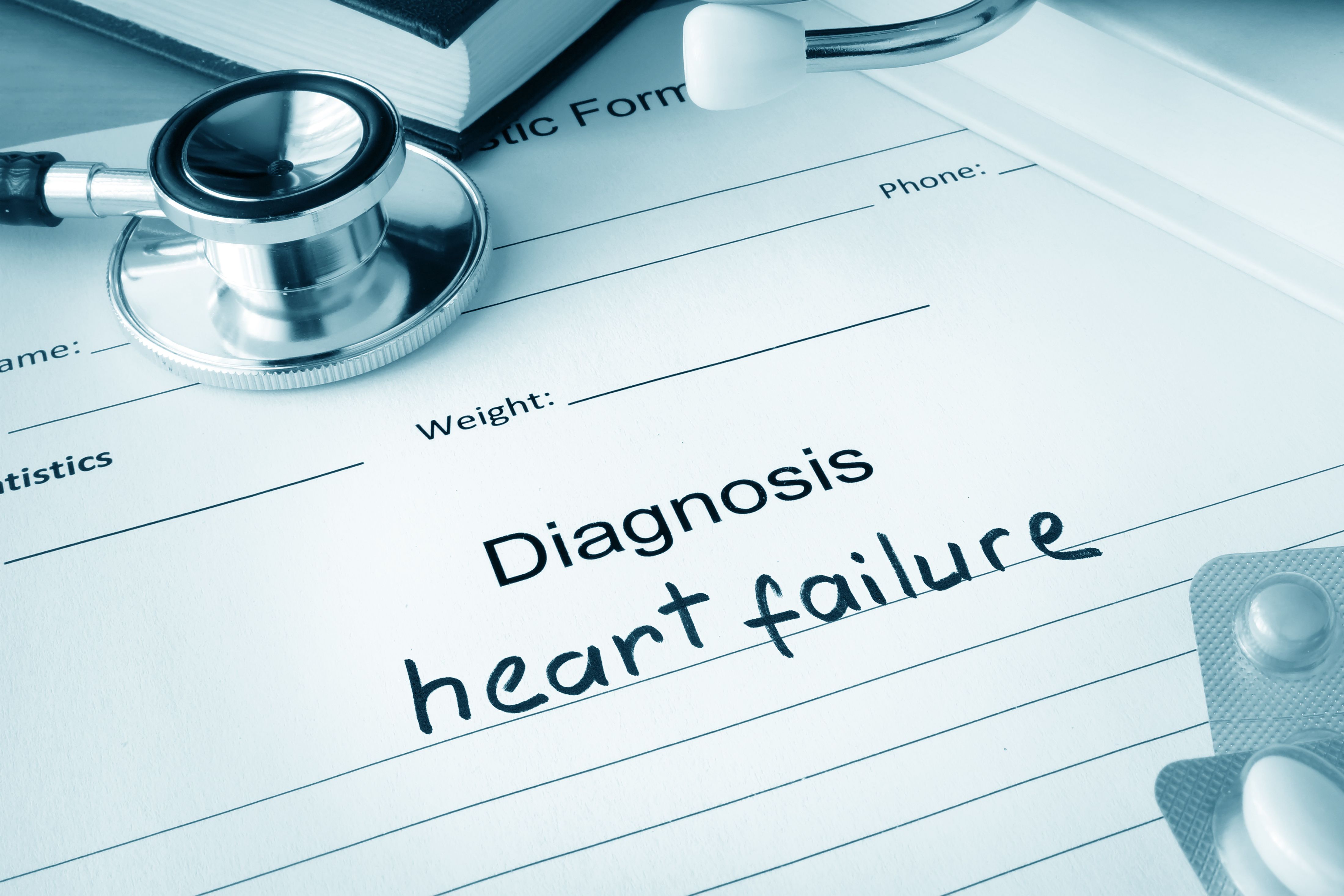Article
ROADMAP Study Reports Final Results on LVAD vs OMM
Author(s):
Delaying LVAD therapy found not to impair survival, according to new study results.

Delaying left ventricular assist device (LVAD) therapy does not necessarily impair survival, according to 2-year results from the ROADMAP study.
Writing in the Journal of the American College of Cardiology: Heart Failure, Randall C. Starlin, MD, MPH, and colleagues found that when closely monitored by a heart failure specialist, patients who are candidates for LVADs have no increased risk of death by postponing getting the device, but they face delays in improving their quality of life (QOL) and ability to function.
The researchers reported their 2-year results as the primary endpoint of ROADMAP, which stands for Risk Assessment and Comparative Effectiveness of Left Ventricular Assist Device and Medical Management in Ambulatory Heart Failure Patients.
The team also focused on secondary endpoints, such as actuarial survival, health-related quality of life, depression, functional status, and adverse events (AEs), in their final report.
A prospective, multicenter, nonrandomized, controlled, observational study, ROADMAP began enrolling patients in October 2011 (N = 200) and continued follow-up for 2 years. There were 97 patients in the LVAD cohort, and 103 patients who remained in the optimal medical management (OMM) cohort; these patients could receive a delayed LVAD at any point if needed. All patients had at least 1 hospitalization for heart failure (HF), or 2 unscheduled emergency department/infusion clinic visits in the year prior to enrollment in the study, and a 6-minute walk distance (6MWD) <300 meters.
The primary endpoint after the first year of follow-up was survival with improvement of the 6MWD from the baseline of >75 meters. These results showed that improved functional status was better in patients with a LVAD compared with patients who received OMM.
At the end of 2 years, 35 patients in the OMM cohort and 60 patients in the LVAD cohort were alive on their original therapy. The same primary endpoint from the end of year 1 was evaluated after the second year of follow-up. The researchers found that more patients with an LVAD, 30%, met the primary endpoint compared with only 12% of the patients in OMM (odds ratio = 3.2 [95% confidence interval, 1.3-7.7; P = .012). The main reason for fewer patients on OMM reaching the endpoint was the number of patients receiving delayed LVADs (18 in the first year, 5 in the second).
For the secondary endpoints, the study team found that patients with an LVAD exhibited more improvement in functional status and QOL compared with patients in OMM. At the beginning of the study, none of the patients were in either New York Heart Association Functional Classification I or II, but by the end of the second year, 69% of the patients with an LVAD had improved to one of these classes, compared with 37% of the patients who remained in the OMM cohort (P <.01). The LVAD cohort also had an average improvement in the 6MWD of 74 meters (P <.05) from baseline, compared with no significant change in patients in OMM.
Significantly, the EQ-5D visual analog scale showed an improvement of 27 points for patients with a LVAD compared with only 8 points for patients in OMM (P <.001). Likewise, the PHQ-9 depression score for patients with a LVAD had improved by an average of 4.6 points compared with no significant change in patients in OMM.
Conversely, the composite AE rate was significantly higher for patients in the LVAD cohort compared with patients in the OMM cohort (1.74 vs 0.98 eppy, P <.001). However, the AE rates for gastrointestinal bleeding and ventricular arrhythmias, 2 of the most common AEs in the LVAD group, decreased significantly from the first to second year, resulting in a nonsignificant AE rate between groups during the second year.
“The ROADMAP Study has demonstrated that patients may make choices contrary to what might be intuitive to the physician,” the authors wrote in their final report. “Patients who are living with heart failure may be willing to accept a burden of adverse events to improve their functional capacity and quality of life.”
The authors added that better education and shared decision making with the patient with advanced heart failure is an important step in weighing the risks and benefits of LVAD therapy, and earlier referral is crucial to this process, because patients tend to make decisions based on which therapy they believe is superior.
“The ROADMAP trial provides the first evidence that noninotrope dependent patients electing LVAD therapy will gain functional capacity and quality of life compared to similar patients electing medical therapy,” they wrote.
The study, “Risk Assessment and Comparative Effectiveness of Left Ventricular Assist Device and Medical Management in Ambulatory Heart Failure Patients: ROADMAP STUDY 2 Year Results,” was published in the April issue of JACC: Heart Failure.
Related Content:
Drugs and LVADs Reversed Heart Disease
A Role for the Newest Heart Failure Agents
Implantable Defibrillators and Survival in Mildly Symptomatic HF





